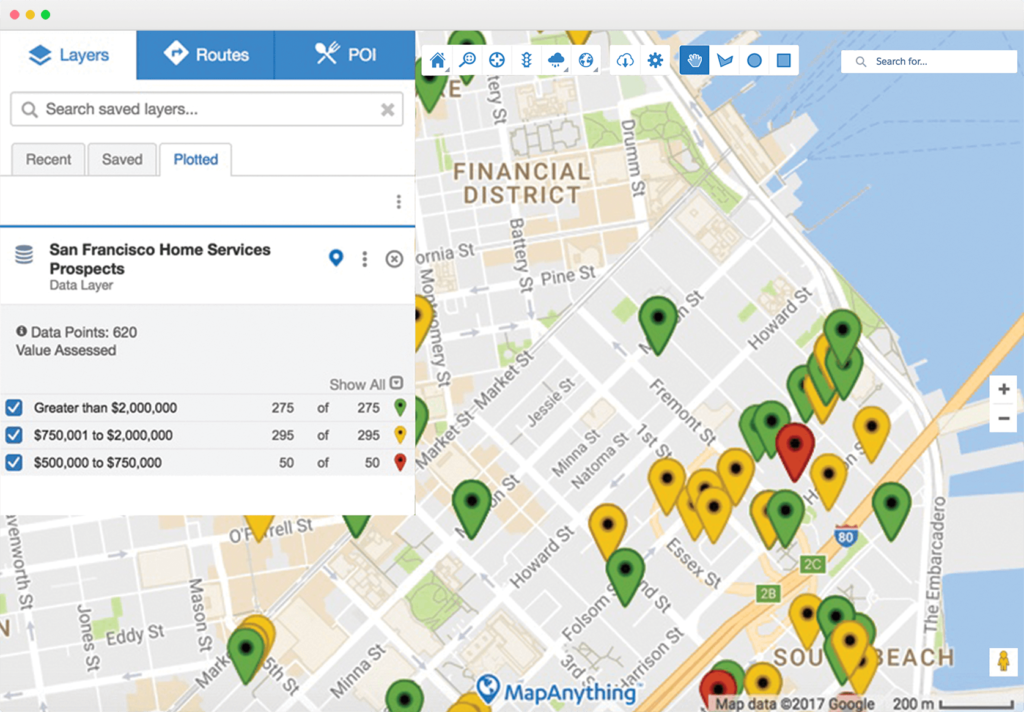
Salesforce bets on power of location with MapAnything acquisition

Salesforce, the global leader in CRM, has agreed to buy location-based intelligence software MapAnything for an undisclosed sum. Built on the Salesforce Force.com platform, MapAnything has its strength in map-based visualization, asset tracking, and route optimization for field sales and service teams. In November 2018, the company raised $42.5 million in Series C, bringing its total funding to over $84 million.
In a statement announcing the intended buyout, Salesforce stresses MapAnything would allow it to deliver a better customer experience. “With MapAnything, Salesforce will be uniquely positioned to extend the power of Sales Cloud and Service Cloud post-closing to deliver market-leading location-based intelligence solutions that improve field sales and service employee productivity and deliver customer success,” Salesforce says.

The MapAnything platform
In the 9+ years of MapAnything’s existence, the company has been a Salesforce SI Partner, an ISV Premier Partner, and a Salesforce Ventures portfolio company. The company powers over 1,900 Salesforce customers and enjoys a 4.9 average rating on the Salesforce AppExchange. So, in a way, this acquisition was a long time coming.
John Stewart, CEO & Co-Founder of MapAnything, points to how location intelligence improves the productivity of field sales and service professionals and allows them to focus on the right activities against the right customers. “The addition of MapAnything to Salesforce will help the world’s leading brands accurately plan: how many people they need, where to put them, how to make them as productive as possible, how to track what’s being done in real time and what they can learn to improve going forward,” John explains in a blog post.
According to Markets and Markets, the Location-of-Things market is expected to reach $27 billion by 2022. With MapAnything’s solutions helping brands to leverage location as a unique competitive differentiator, Salesforce will be in a prime position to capitalize on this opportunity through location-aware customer experiences.





